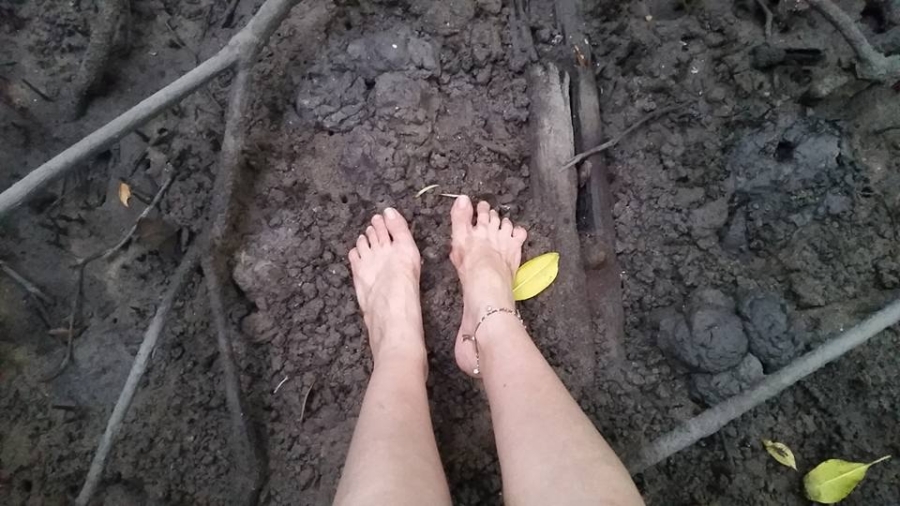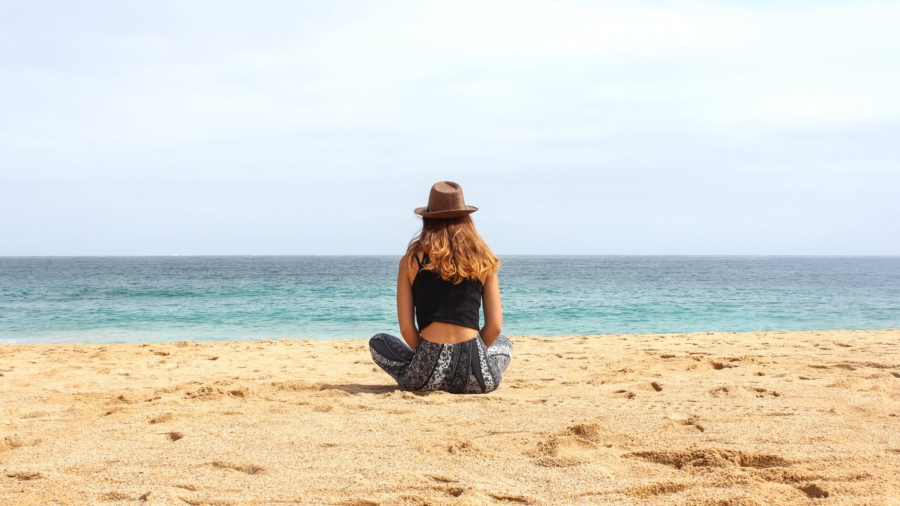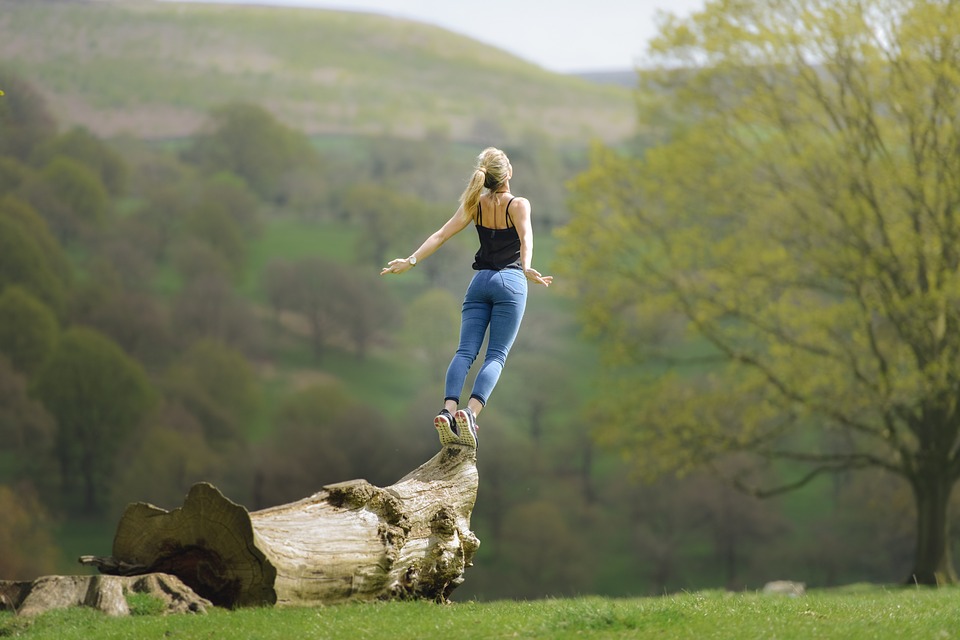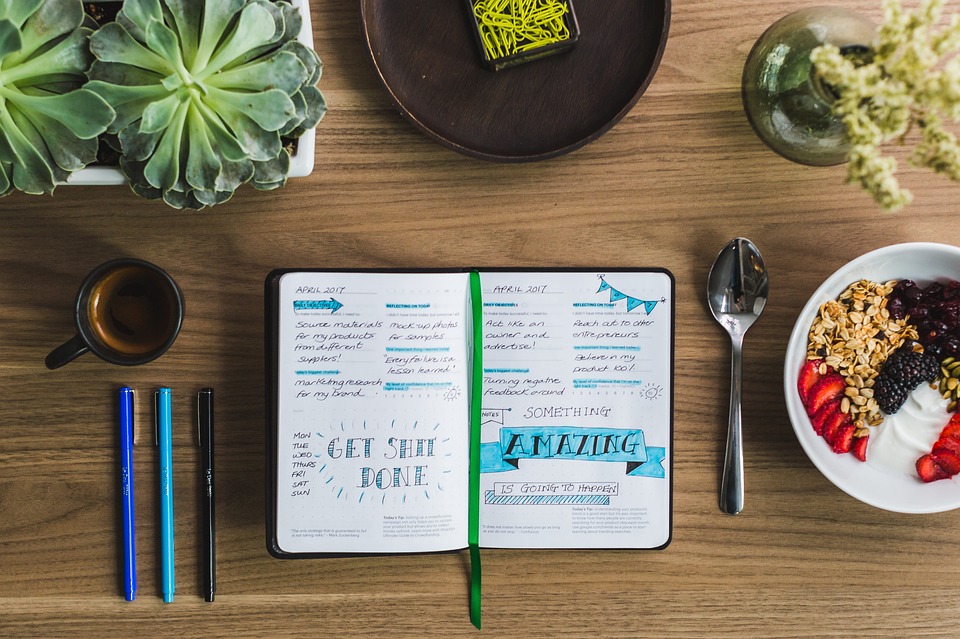Want to spend more time in nature? Well if you need an excuse, here’s one. Spending more time mindfully in the outdoors will boost your immune system, take away your stress, help you sleep better and boost your creativity.
With the explosion of scientific research on the benefits of being in nature for mental health and wellbeing, you really can’t afford to not go outdoors. Here are five quick and easy ways to include more nature in your day.
1. Take your lunch break. Outside.
Too many of us work through our lunch break at work, either because that’s what everyone else does and we want to fit in, or we just don’t have time. Well, the truth is you will have a more productive afternoon if you give your brain a break. So turn off the computer, leave your devices behind and take your lunch to the park. Leave work problems at work; they will still be there when you get back. Sit and observe what is going on around you, breath the fresh air, listen to the birds. Return to your desk feeling refreshed and ready to tackle that To Do List.
2. Start a Sit Spot practice. Outside.
A Sit Spot is a spot in nature to simply connect, relax and observe. The ideal sit spot is in a natural area where two ecosystems meet, such as the edge where a meadow meets a forest. Choose a place you can visit frequently without too much effort, even if it is less than ideal. Your backyard can make a great sit spot.
Sit still and quietly, so that birds and animals nearby get past the initial alarm they feel when a human shows up. The longer and more often you visit, the more you’ll experience. The local animals will get to know you and become more accepting of your presence.
Clear your mind. Do nothing. Just notice.
 3. Make a natural brew. And drink it outside.
3. Make a natural brew. And drink it outside.
Growing your own food is a great way to develop your connection with nature. Start by growing a few herbs in pots to make refreshing teas.
Treat yourself to a natural herbal brew once a day. Enjoy the pleasure of interacting with the plant using all your senses – sight, smell, taste, touch, hearing and bodily awareness, then go ahead and harvest a few leaves.
Find a place in your backyard to sit and enjoy your tea. At first, explore the tea without tasting by using your other senses. Then take a sip of the tea and explore its flavour and texture. Drink a full cup and notice its effect on you over the remainder of the day.
4. Do your exercise. Outside.
Apart from saving a lot of money on gym fees, exercising outside exposes you to the sounds of the leaves rustling in the trees, the feeling of fresh crisp air on your skin and the sense of spaciousness.
Rewild your body through real and practical natural movements like running, walking, leaping, dancing, throwing, balancing, crawling, climbing and hunting. Moving the way our ancestors did promotes strong bone growth, natural conditioning and mental fitness.
Incorporate a way to get to work without using the car.
5. Walk with your shoes off. Outside.
Once a day, take off your shoes and observe what it feels like to be connected to the earth. Bring the focus of your attention to the souls of your feet. Step slowly and intentionally noticing the effect of contact on your body.
The earth is endowed with electrons which are absorbed through your feet. There is evidence showing this grounding practice is good for your physical health like improving your sleep and reducing pain and inflammation. Our great ancestors never wore shoes and they were a pretty healthy mob.
You might also like to read: 5 Intentional Ways to Bring Nature Therapy Indoors.
For more quick and easy Nature Therapy practices you can incorporate into your day, sign up to my Newsletter and I will send you my free e-book featuring the 21 Day Nature Therapy Challenge. That’s 21 days of Nature Therapy ideas to help you develop a healthy new habit.






 The impact of stress usually results in deteriorating work performance, taking more time off and running down your immune system. Illness has a direct effect on both the quality and quantity of your work. You will work more slowly than usual, make more mistakes or need to repeat tasks. This lower labour productivity translates to increased costs for employers.
The impact of stress usually results in deteriorating work performance, taking more time off and running down your immune system. Illness has a direct effect on both the quality and quantity of your work. You will work more slowly than usual, make more mistakes or need to repeat tasks. This lower labour productivity translates to increased costs for employers.
